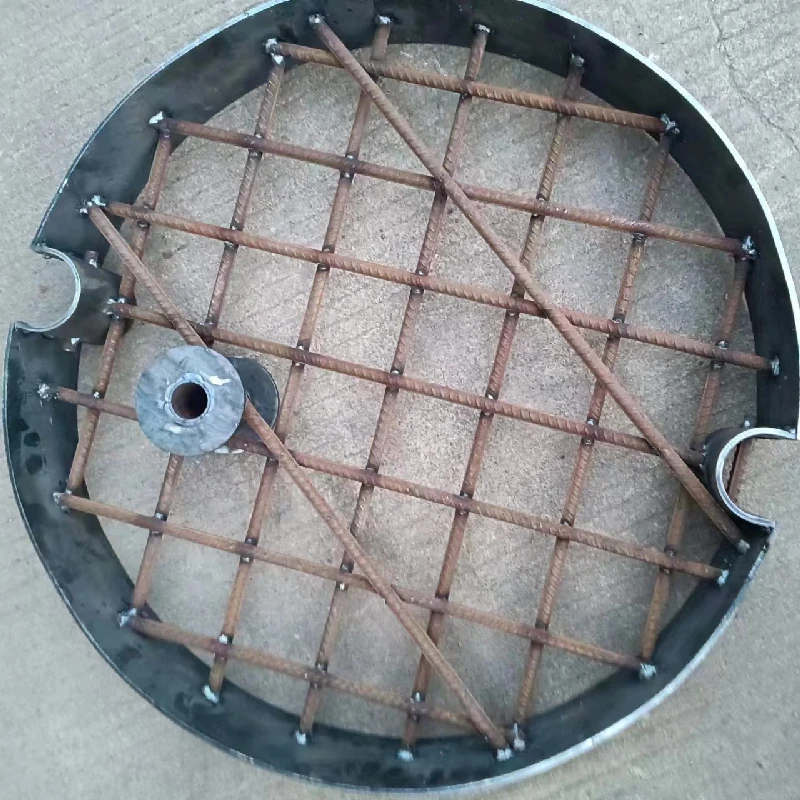Guide to Installing a Bollard for Enhanced Safety and Accessibility
Installing a Bollard A Comprehensive Guide
Bollards are sturdy posts that serve both functional and aesthetic purposes. They are commonly used to manage traffic, protect pedestrians, and enhance the appearance of public spaces. Installing a bollard can be a straightforward task if you follow the correct steps. This article will guide you through the process of installing a bollard, ensuring both safety and efficiency.
Understanding the Purpose of a Bollard
Before diving into the installation process, it’s essential to comprehend the role that bollards play. Bollards can be used to
1. Control Vehicle Movement By strategically placing bollards, you can direct traffic flow, preventing vehicles from entering specific areas. 2. Protect Pedestrians In high-traffic zones, bollards provide a physical barrier between pedestrians and moving vehicles, enhancing safety. 3. Aesthetic Appeal Bollards come in various designs and materials, contributing to the visual appeal of public spaces while serving their primary function.
Choosing the Right Bollard
The first step in the installation process is selecting the appropriate type of bollard. Factors to consider include
- Material Common materials include steel, concrete, and plastic. Steel bollards are excellent for high-security areas, while decorative bollards made of plastic or concrete can enhance aesthetics. - Height and Diameter The size of the bollard will depend on its intended function. For example, taller bollards may be necessary in areas with higher vehicle traffic. - Fixed vs. Removable Determine if you need permanent protection or if a removable bollard would suffice, providing flexibility for events or emergency access.
Tools and Materials Needed
Before starting, prepare the necessary tools and materials
- A shovel or post hole digger - Concrete mix (if installing a fixed bollard) - Level - Measuring tape - Bollard (or bollards) of your choice - Safety gear (gloves, goggles)
installing a bollard

Step-by-Step Installation Process
1. Plan the Layout Mark the locations where the bollards will be installed. Be sure to consider spacing, as they should be close enough to deter vehicle intrusion but far enough apart to allow pedestrian access.
2. Dig the Holes Using a shovel or post hole digger, dig holes for the bollards. The depth should be approximately one-third of the bollard’s height to ensure stability.
3. Prepare the Base For added stability, fill the bottom of each hole with gravel or crushed stone. This will aid in drainage and prevent the bollard from sinking.
4. Set the Bollard Place the bollard into the hole. If it’s a removable bollard, ensure it fits securely within any sleeves or fittings. Use a level to make sure it’s straight.
5. Add Concrete If installing a fixed bollard, mix the concrete according to the manufacturer’s instructions and fill the hole around the bollard. Ensure that it is adequately supported while the concrete sets.
6. Finishing Touches Once the concrete has cured sufficiently (typically 24-48 hours), you can add any necessary caps or coverings to the bollards. This may be a decorative element or a reflective strip for visibility.
Maintenance of Bollards
Once installed, regular maintenance is key to ensuring the longevity of your bollards. Check periodically for signs of rust, wear, or damage. Cleaning them from debris and dirt not only maintains their aesthetic but also their functionality.
Conclusion
Installing a bollard is not just about placing a post in the ground; it’s about ensuring safety and enhancing the environment. By following the outlined steps and considerations, you can successfully install a bollard that meets your needs. Whether for traffic control, pedestrian safety, or aesthetic enhancement, a well-placed and maintained bollard can contribute significantly to public spaces.
-
The Smarter Choice for Pedestrian AreasNewsJun.30,2025
-
The Gold Standard in Round Drain CoversNewsJun.30,2025
-
The Gold Standard in Manhole Cover SystemsNewsJun.30,2025
-
Superior Drainage Solutions with Premium Gully GratesNewsJun.30,2025
-
Superior Drainage Solutions for Global InfrastructureNewsJun.30,2025
-
Square Manhole Solutions for Modern InfrastructureNewsJun.30,2025
-
Premium Manhole Covers for Modern InfrastructureNewsJun.30,2025
